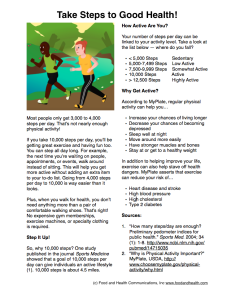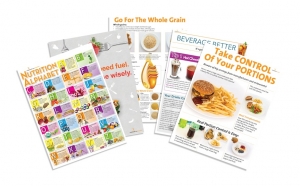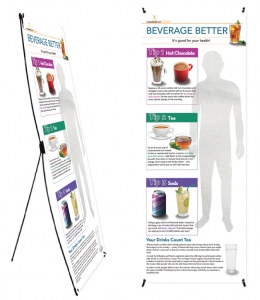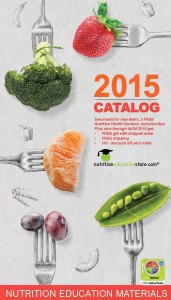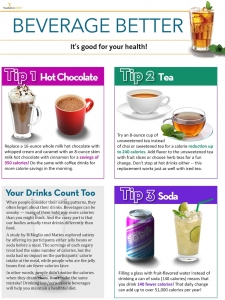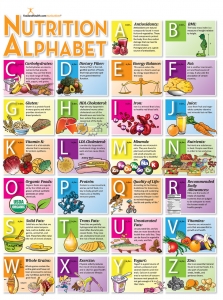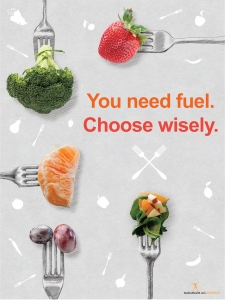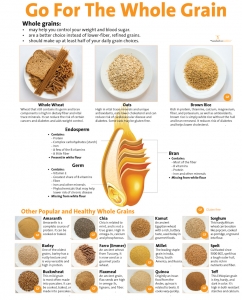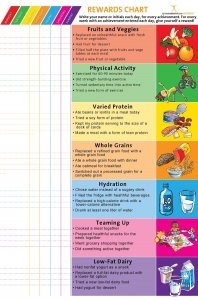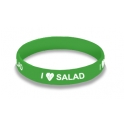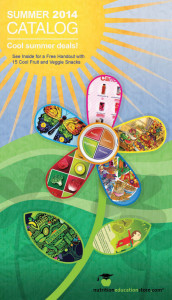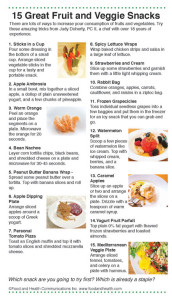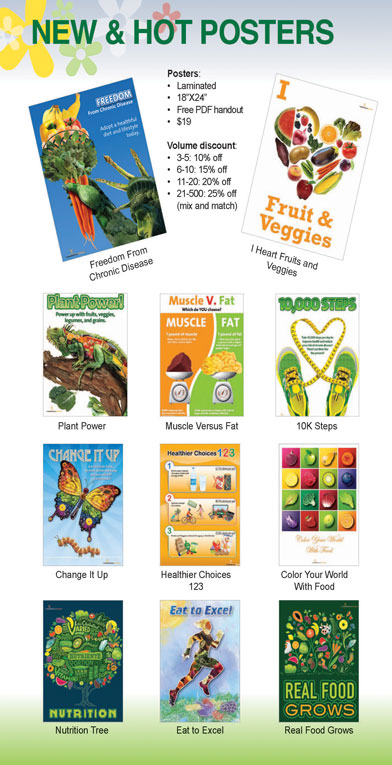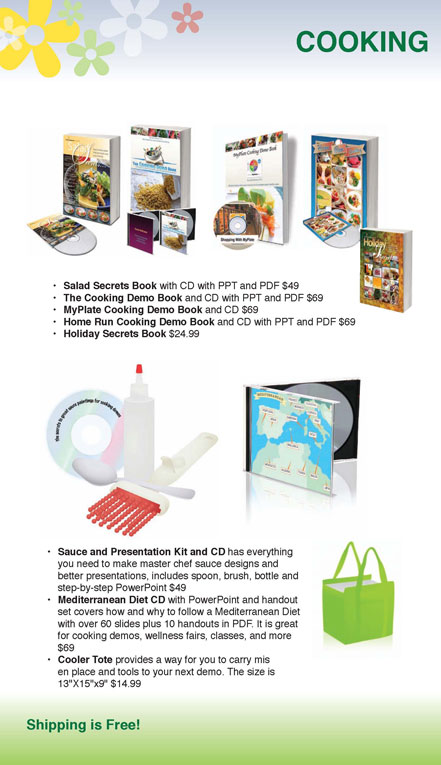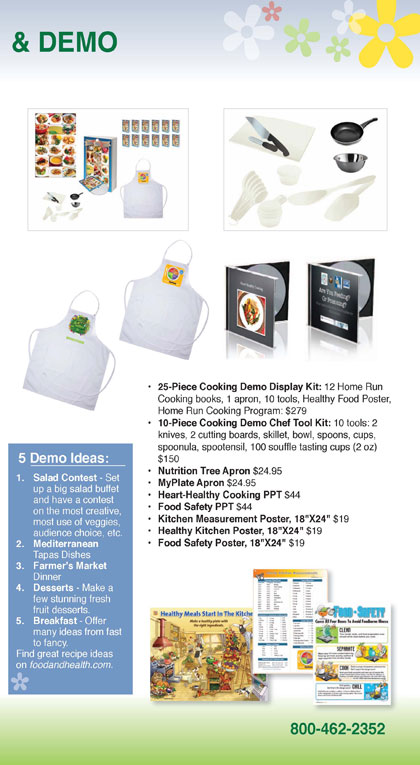Have you heard of the Classroom Wish Program? It’s a simple way to get great new materials for your classroom. Use the Nutrition Education Store to make health, nutrition, and fitness lessons a snap! Here’s how…
- Preview the school nutrition education page of the Nutrition Education Store. Use the wish list form to create a list of resources that would benefit your classroom. You can also use the handy order form to request materials directly from your school district.
- Display your wish list. These wishes can’t come true unless someone knows about them, so make sure to display your wish list in your classroom. Not sure where to put it? Try dedicating a space on your bulletin board during an open house or class parties. That way, parents can take a wish and grant it.
- Share your wish list. Sharing is caring, after all. Include your wish list in your class newsletter, in special notes to parents, or on your class’s online homepage. You could also give a classroom wish list to the Parent Resources Organization or “room parent” volunteers. Use this letter to parents to explain the importance of proper nutrition for better classroom behavior and academic performance.
- Watch your wishes come true. The people who wish to support your classroom by picking up an item on your wish list can easily purchase the materials from our store. Then they can have them shipped to you with a gift message, or they can have the items sent directly to them, so that they in turn can give their gifts to you in person.
- Thank your donors with special thank-you-notes that express your appreciation for these generous gifts.
There are lots of wish list programs available. Choose from any of the following options…
- http://www.donorschoose.org
- http://www.teacherlists.com/
- http://www.adoptaclassroom.org/
- http://classwish.org
There’s also Amazon.com. Did you know that we have a list of Nutrition Education Store materials available on Amazon? You can add them to an Amazon Teacher Wish List. Use the Amazon Universal “Add to Wish List” Tool to add any school nutrition education materials to your list.
Any questions? Call us toll-free at 800-462-2352. We can even take steps to add more of our materials to Amazon.com.



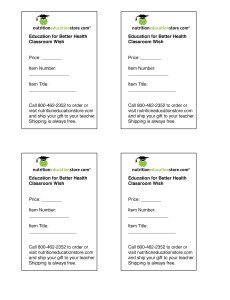
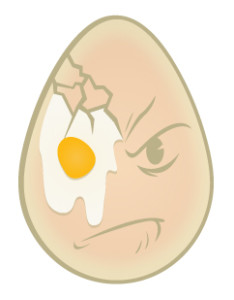
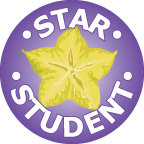
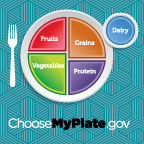
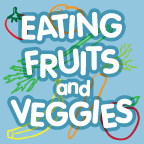
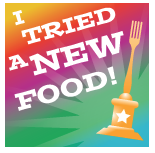
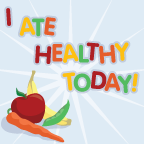
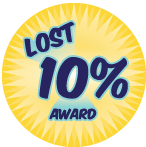
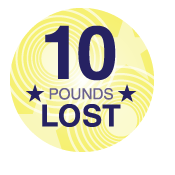
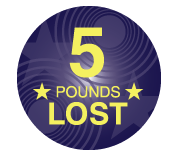
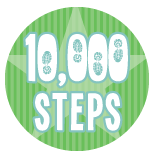
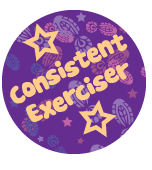
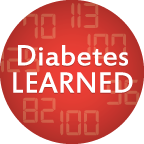
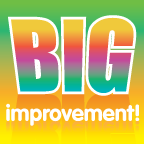

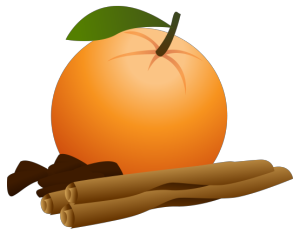
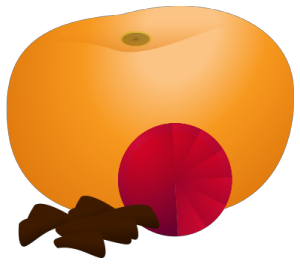
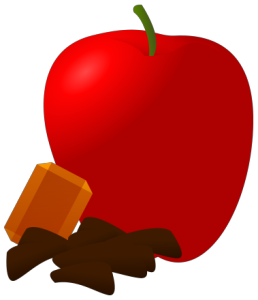
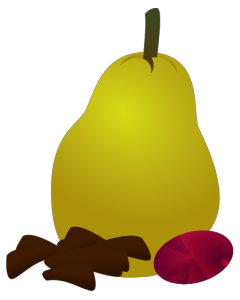

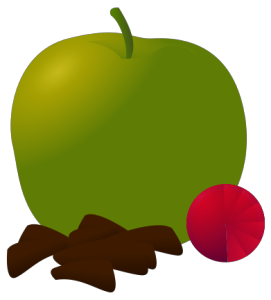
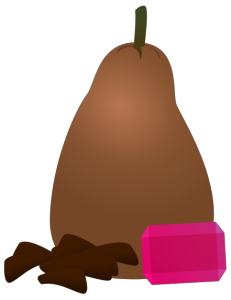
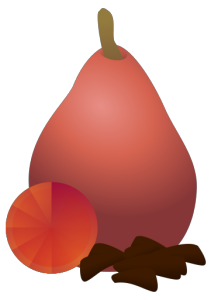

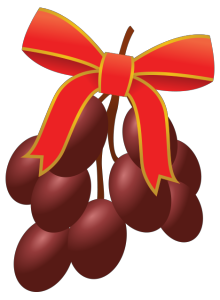
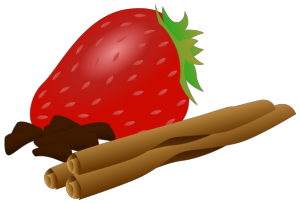

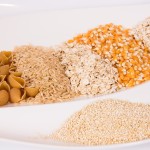
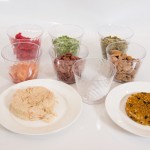
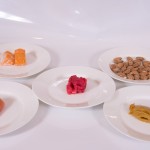
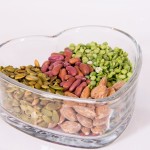
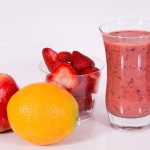
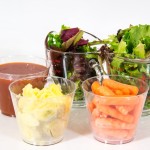
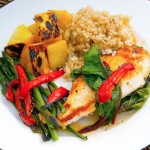
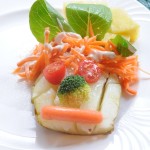
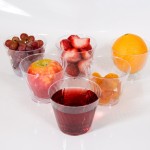
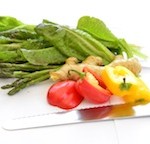
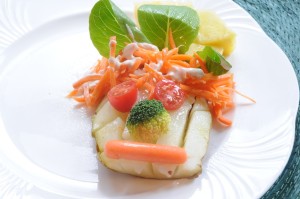
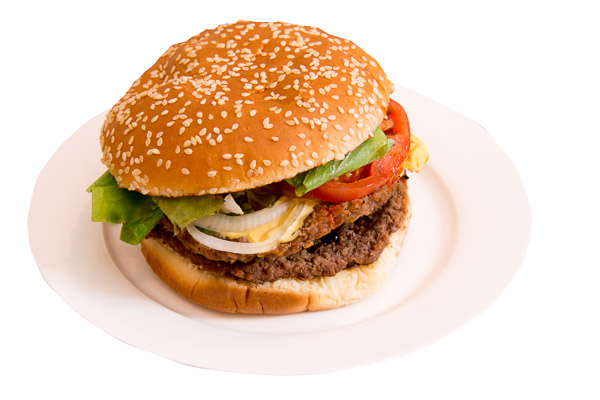
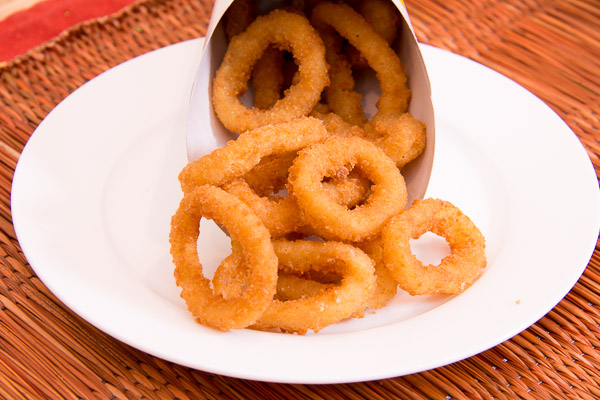
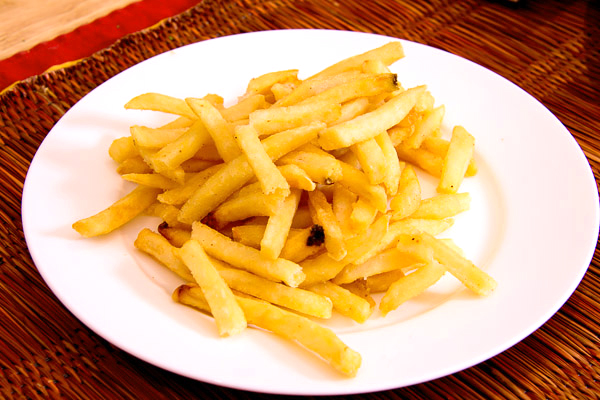
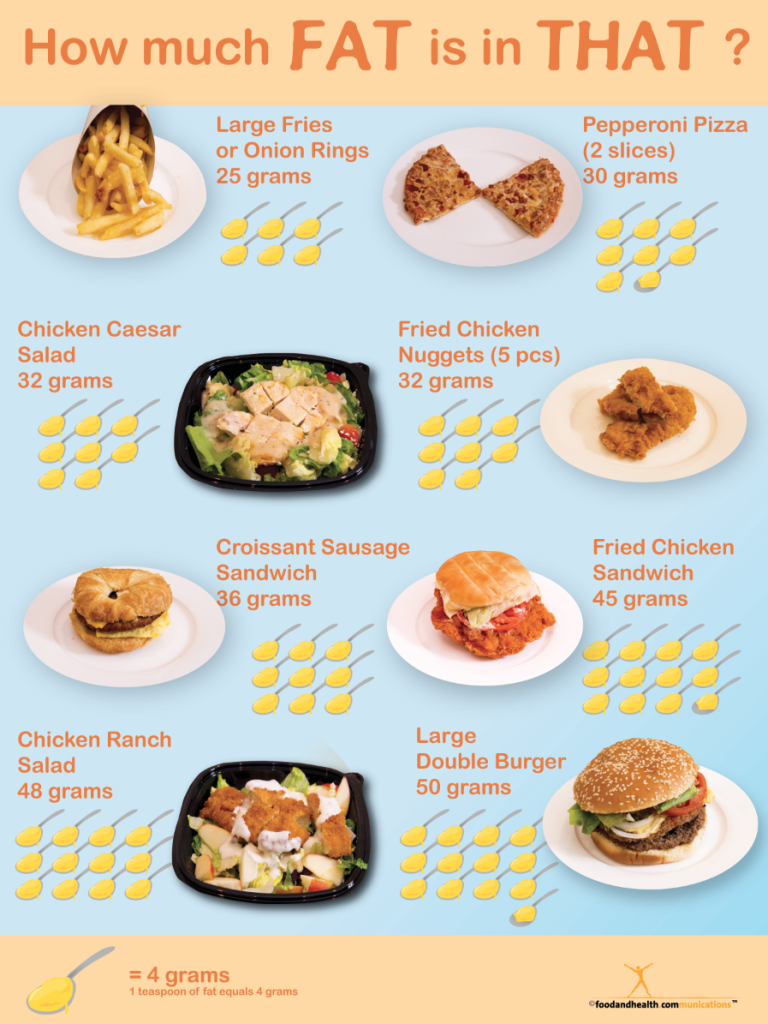
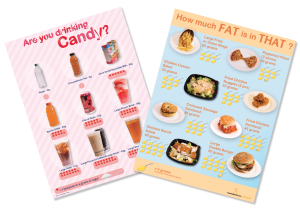
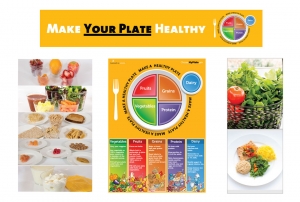

 Don’t miss this
Don’t miss this 